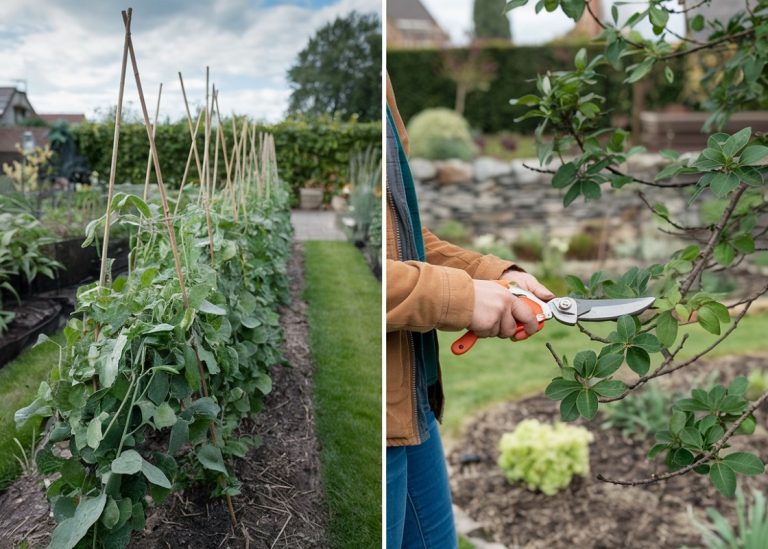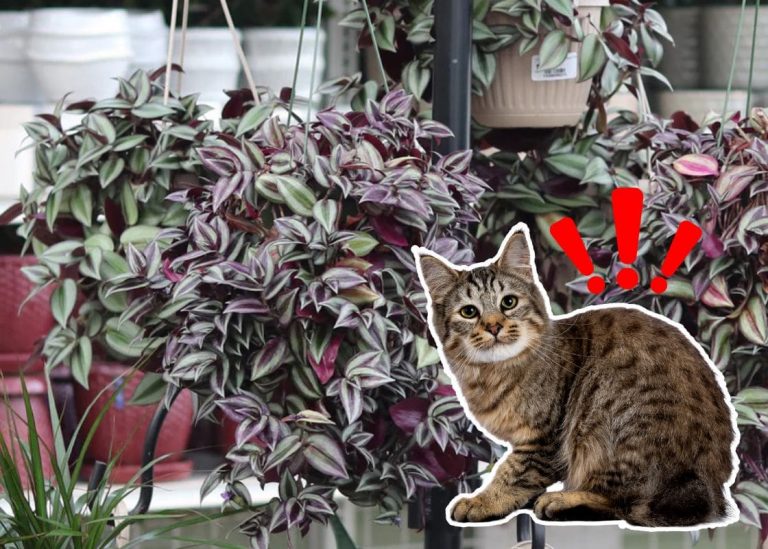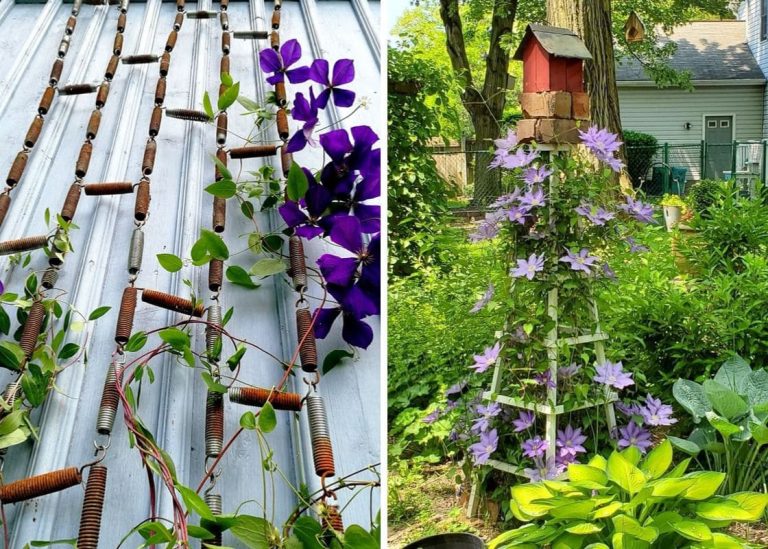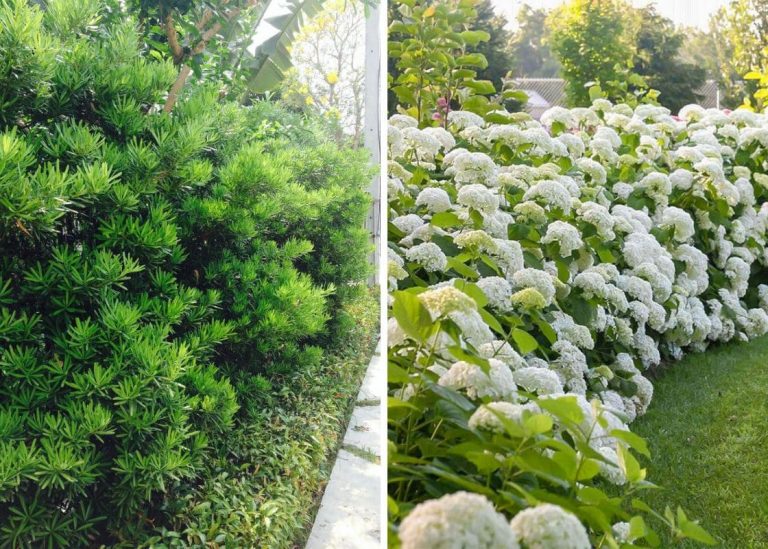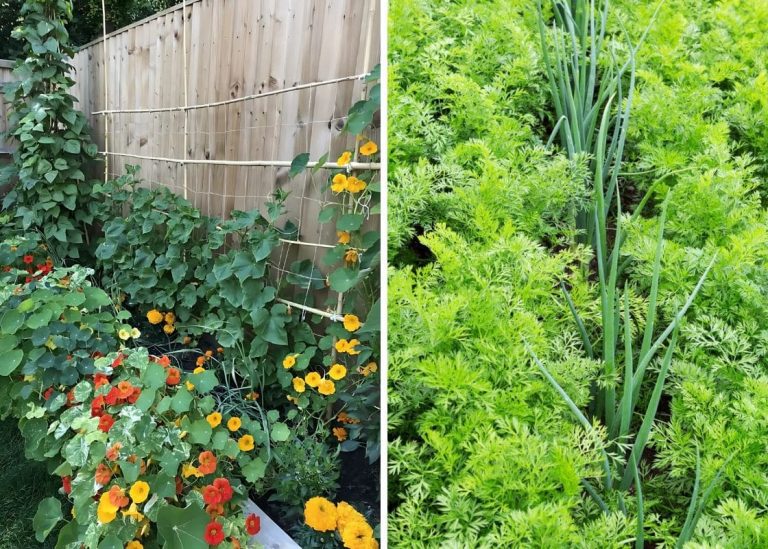Don’t Toss Kitchen Scraps! Transform It into Garden Gold with Composting
It started with a rotting banana peel on my kitchen counter and a pile of dead leaves at the edge of my garden. Nothing glamorous, just everyday scraps and autumn leftovers. But somewhere between tossing coffee grounds into an old tin bucket and turning a pile of wilted lettuce into something that smelled like the forest floor, I fell head over heels for composting.
Back then, I didn’t have a proper compost bin. Just a square corner of the yard I loosely guarded with bricks and crossed fingers. The smell wasn’t always pleasant. I messed up the ratios, forgot to turn it, and once added an entire watermelon rind that refused to disappear for weeks. But despite all that, something magical began to happen.
One spring morning, I stuck my trowel into that messy pile and pulled out a handful of dark, crumbly compost. It smelled earthy and sweet—like rain-soaked bark or a trail deep in the woods. That’s when I understood why gardeners call it “black gold.”
Now, every eggshell, onion skin, and tea bag in my kitchen has a destination. Every pile of raked-up leaves becomes something sacred. Composting, for me, isn’t just a way to reduce waste—it’s a ritual, a rhythm, a quiet transformation. It’s where death becomes life again. And if you’re wondering whether it’s worth the effort, let me just say: once you grow tomatoes in your own compost-rich soil, you’ll never go back.
Why Composting Matters (And Why It Feels So Good)
Before composting, I didn’t realize how much potential I was wasting. Every apple core, every carrot peel—gone in a trash bag and off to the landfill. It felt normal. But once I began separating kitchen scraps, I started seeing them not as waste, but as the first step toward something beautiful.

And it’s not just about the garden. Composting makes you more mindful. You notice your habits, slow down in the kitchen, appreciate the cycle of things. I’ve had friends tell me that composting helped them feel more grounded—like they were giving something back to the earth, even in a small way.
But the garden thanks you too. That rich, dark compost boosts your soil structure, improves drainage, and helps plants stay resilient through heat or drought. I’ve had wilted basil come back to life with just a sprinkle of homemade compost at its base. And no store-bought fertilizer has ever matched that feeling.
It’s also completely free. No chemicals, no trips to the garden center. Just you, your scraps, and time.
The Secret Life of Microbes (a.k.a. Composting Science)
The real heroes behind composting? Tiny microbes. They’re the quiet workers, breaking everything down into humus—the earthy, nutrient-packed material your garden dreams of.
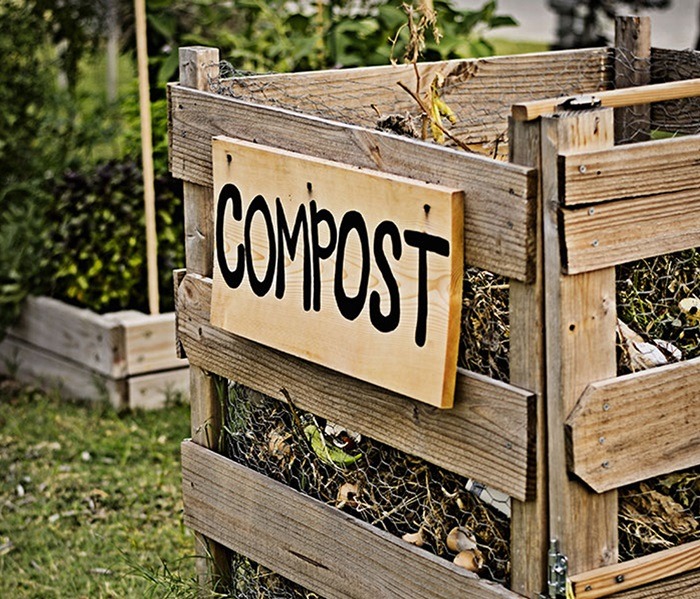
But they’re picky. Too many wet scraps, and they sulk. Not enough dry material, and they slow to a crawl. Composting is all about balance: between carbon-rich browns and nitrogen-rich greens.
Browns are dry and crispy—think shredded paper, dried leaves, straw, cardboard. Greens are the juicy, fresh stuff—like coffee grounds, veggie peels, grass clippings.
I once overloaded my bin with melon rinds and spinach stems and ended up with a sour, soggy mess. It smelled like a forgotten lunchbox. That’s when I learned: compost needs structure. A sprinkle of shredded newspaper or dry leaves goes a long way.
If you can keep that balance (roughly 3 parts brown to 1 part green), you’ll have a sweet-smelling, fast-decomposing pile in no time.
How I Build a Compost Pile That Actually Works
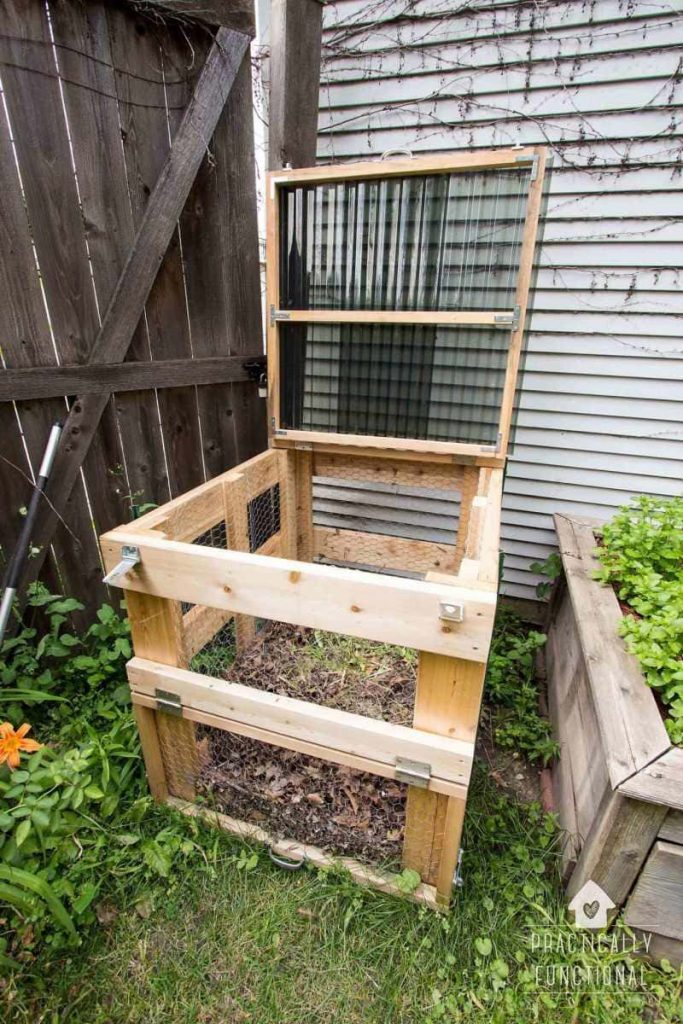
These days, I build my pile like I’m layering a garden lasagna.
I start with a loose bed of browns on the bottom—shredded cardboard, old twigs, straw—anything that creates airflow and keeps the base from becoming swampy. Then I alternate greens and browns as I go, making sure not to dump too much of one thing at once.
If my pile looks too dry, I mist it like I’m watering seedlings—just enough to make it feel like a wrung-out sponge. If it’s too wet, I toss in more leaves or torn newspaper.
I used to skip turning it, but then I realized how much faster everything broke down with a little air. Now, every week or two, I grab a pitchfork and give it a few good flips. The smell shifts from sour to earthy. The texture changes from mushy to crumbly. It’s a small habit that makes a big difference.
What I Toss in (and What I Don’t)
One of the first questions I had was: can I compost this?
Now I keep it simple. If it once lived and wasn’t cooked with grease, sugar, or meat, it probably belongs in the pile.
Here’s what I compost without a second thought:
-
Vegetable peels, fruit scraps, and herb stems
-
Coffee grounds and tea leaves (yes, even the filter or bag—if it’s unbleached)
-
Eggshells, crushed and sprinkled in like calcium confetti
-
Grass clippings, in moderation
-
Shredded paper, paper towel rolls, and cardboard (without glossy ink)
-
Dead leaves and trimmed garden debris
And here’s what I avoid like the plague:
-
Meat, dairy, bones, or oily leftovers
-
Citrus peels and onion skins in large amounts (I send them to my worm bin)
-
Anything chemically treated, dyed, or too processed
-
Glossy paper, stickers, or plastic packaging

I’ve learned it’s better to be a little cautious than to ruin a good batch with something that brings pests—or worse, smells like rotten soup.
How I Speed Things Up (Without Fancy Tools)
If you’re like me, waiting months for compost feels like watching grass grow. So here’s what I do to make the magic happen faster:
-
I chop up scraps before adding them. A banana peel in chunks breaks down way quicker than one tossed in whole.
-
I keep a small bucket of dry browns next to my compost bin—easier to layer as I go.
-
I toss in a scoop of finished compost or garden soil to introduce fresh microbes when starting a new pile.
-
I turn the pile more often when I’m in a hurry—once a week does wonders.
-
If it stalls, I add coffee grounds or fresh grass to fire up the nitrogen side of the balance.
Some folks swear by molasses, manure, or even beer. Personally, I think a well-balanced pile and a little patience is the best recipe of all.
The Most Satisfying Part: Using the Compost
Nothing beats the moment you plunge your hands into the bottom of your compost bin and find that dark, rich, fluffy humus ready to use. It crumbles like cake and smells like the forest after rain.
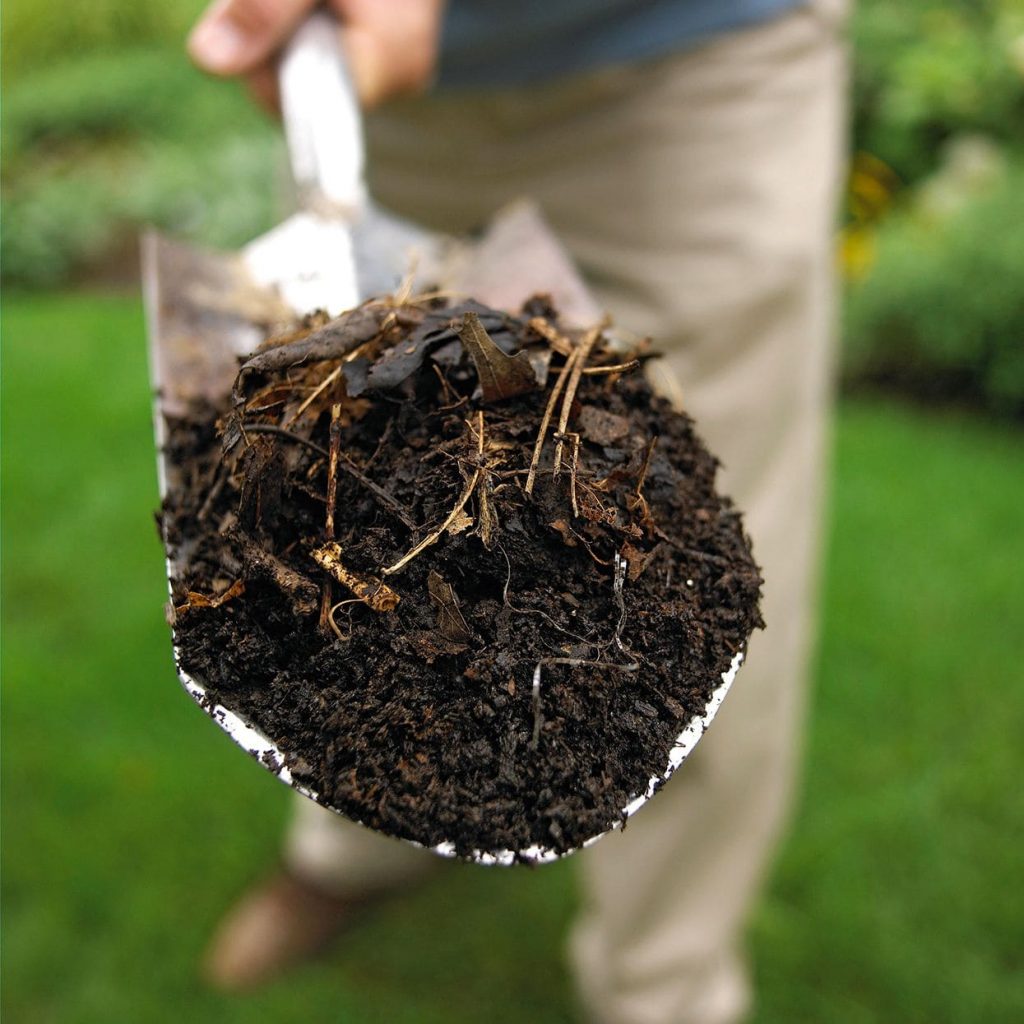
When it’s ready—usually in 3 to 6 months depending on how well I’ve managed the pile—I spread it everywhere. Into garden beds, around fruit trees, under tomatoes. I mix it with potting soil for seedlings and brew it into compost tea for my containers.
Every time I do, I watch my plants respond almost instantly. Leaves perk up. Soil holds moisture better. Blooms burst earlier and brighter.
And every time, I feel a quiet kind of pride. Because I didn’t buy that nourishment—I made it, one eggshell and one leaf at a time.
Final Thoughts: A Small Habit That Changes Everything
Composting started as a gardening experiment for me. Now, it’s a way of life. It’s part of how I care for my home, my soil, and even my mindset.
It’s not always perfect—sometimes the pile gets too wet, or I forget to turn it. But it’s always worth it. And every time I catch myself tossing out scraps, I stop and remember: this is the beginning of something good.
So if you’ve been thinking about composting but haven’t started yet, let this be your sign. It’s not complicated. It doesn’t have to be fancy. Just start. A bowl on the counter. A bin in the backyard. One peel at a time.
You’ll be amazed at what grows from what you used to throw away.

